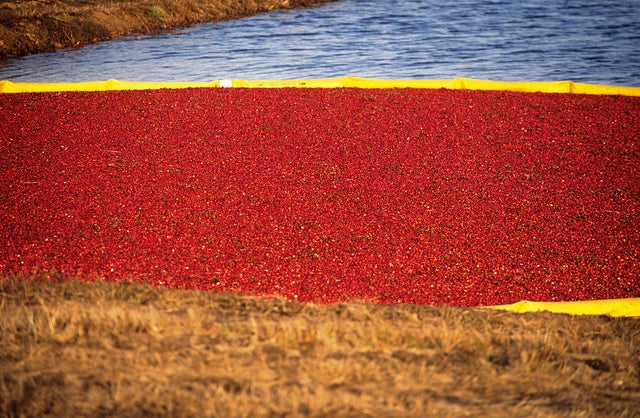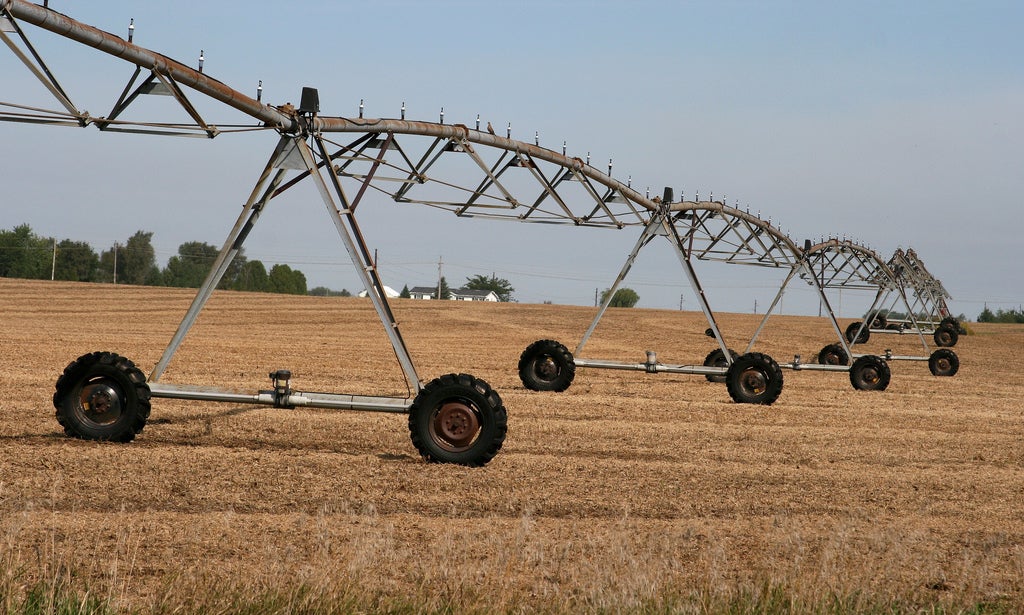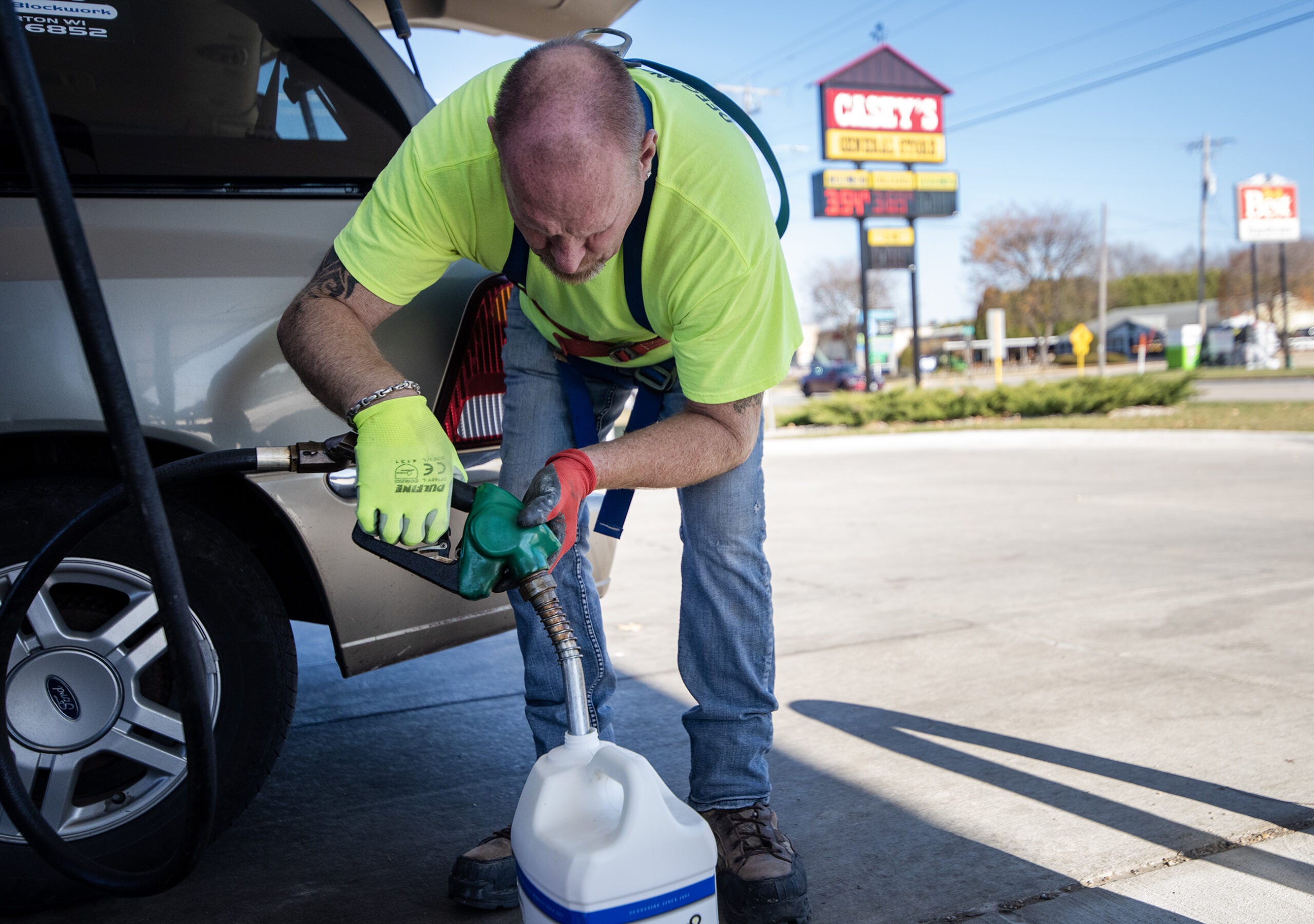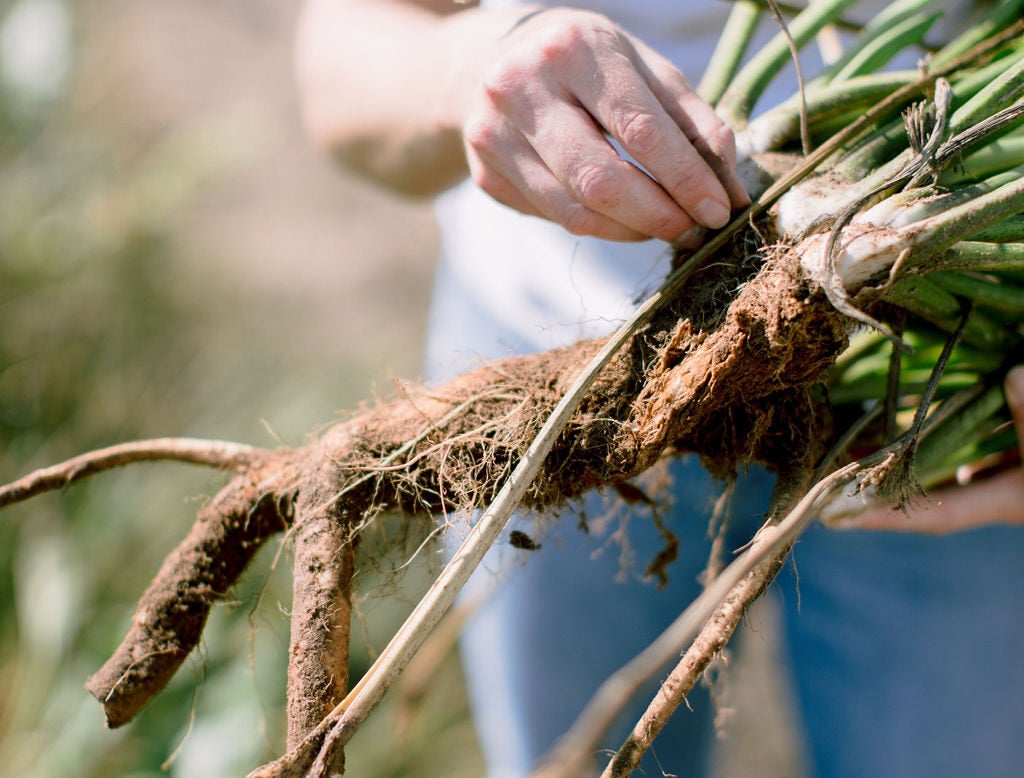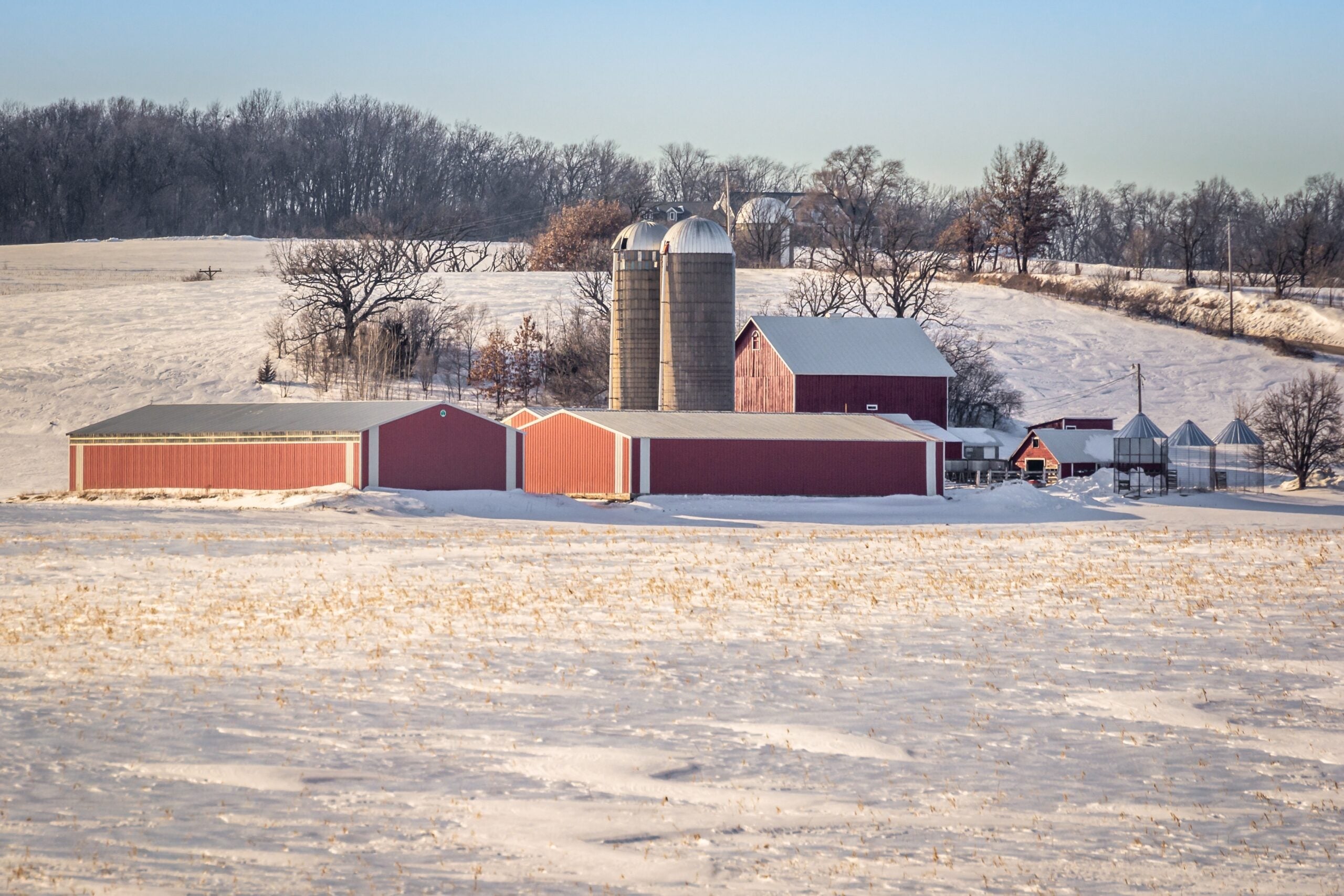Featured in this Show
-
Wisconsin Cranberry Production
As Thanksgiving approaches, Wisconsin Cranberry growers are still awaiting a decision by the United States Department of Agriculture on a request to subsidize the cranberry industry by reducing production in the next two years.
The request would allow producers to slow the cranberry supply by 15 percent this fall and by 25 percent next year.
“These two efforts are short-term. They are drastic,” said Wisconsin Cranberry Growers Executive Director Tom Lochner. “It’s something that we don’t do lightly. I don’t know any farmers that want to not produce food, but it’s something that’s necessary to get things moving in the right direction.”
The cranberry industry has been allowed to withhold supply in the 1960s and in 1999 and 2000. The federal government rejected a similar request in 2014.
“Growers in the short-term will be paid for less fruit. The prices they are receiving for the fruit is lower right now than the cost of producing the fruit,” Lochner said. “On the commodity pricing side of things, we hope to see that this action is going to signal to the market that the supplies are going to start tightening up, and we’ll see some improvement in grower returns.”
Wisconsin produces the most cranberries in the world and 60 percent of the crop in the United States. There are 21,000 cranberry marsh acres in the central part of Wisconsin. Four thousand people work in the industry in the state.
But in recent years, an excess supply of cranberries in the form of fruit concentrate has not allowed some of the state’s 250 growers to be profitable. Lochner said six to 12 growers have been forced to sell their bogs to other producers.
“Those farms don’t go out of production. Cranberry marshes, once they are planted, will produce indefinitely,” he said. “What generally happens is those properties are acquired by another grower and they continue to grow a crop.”
Cranberry sales peak around the holidays with 20 percent of sales occurring between now and the end of the year. Fresh cranberries, a staple on Thanksgiving tables only account for 3-5 percent of annual sales.
Lochner said ultimately, the solution to cranberry grower’s financial woes lie in expanding domestic and international markets by developing new cranberry blended drinks and niche cranberry products.
-
Chronic Wasting Disease
A wild deer tested positive for chronic wasting disease this week in Vernon County.
The announcement is an example of how the deer disease can affect how the deer population is treated in neighboring counties.
A baiting and feeding ban is going into place in Monroe County on December, 1 as a result of this week’s finding. The ban will be in place for three years, and a ban on baiting and feeding of deer in Vernon County has been extended for three years.
In this segment of Newsmakers, we speak with wildlife experts with the Departments of Natural Resources of Wisconsin, Minnesota and Iowa about their approach to fighting the deer-brain disease discovered 15 years ago in Wisconsin.
Episode Credits
- Hope Kirwan Host
- John Davis Producer
- Tom Lochner Guest
- Tami Ryan Guest
- Terry Haindfield Guest
- Lou Cornicelli Guest
Wisconsin Public Radio, © Copyright 2025, Board of Regents of the University of Wisconsin System and Wisconsin Educational Communications Board.
